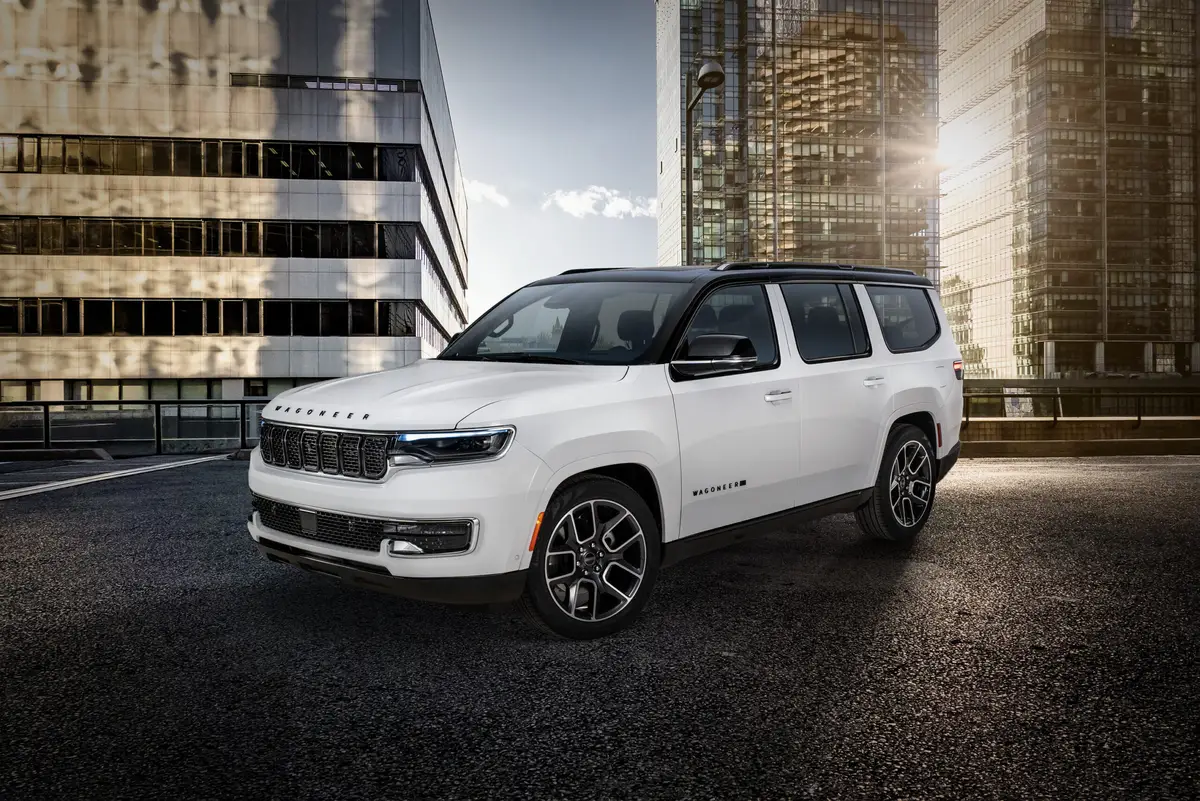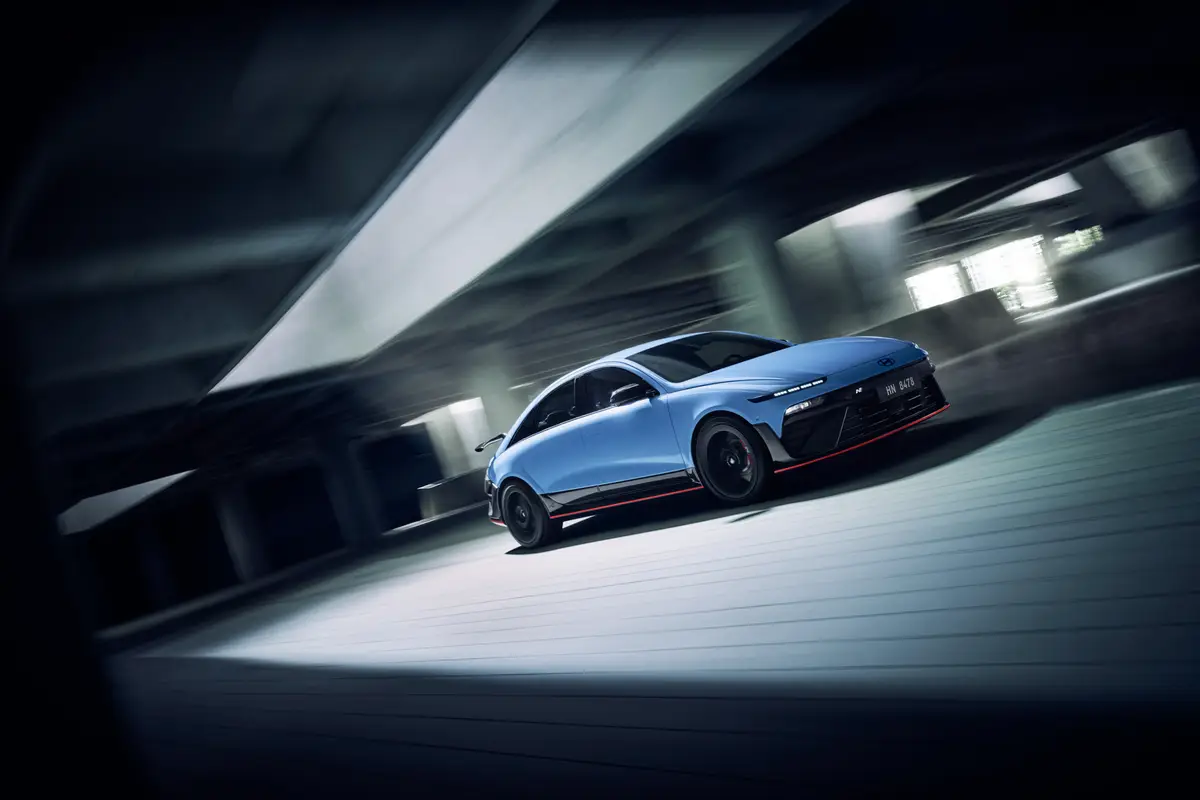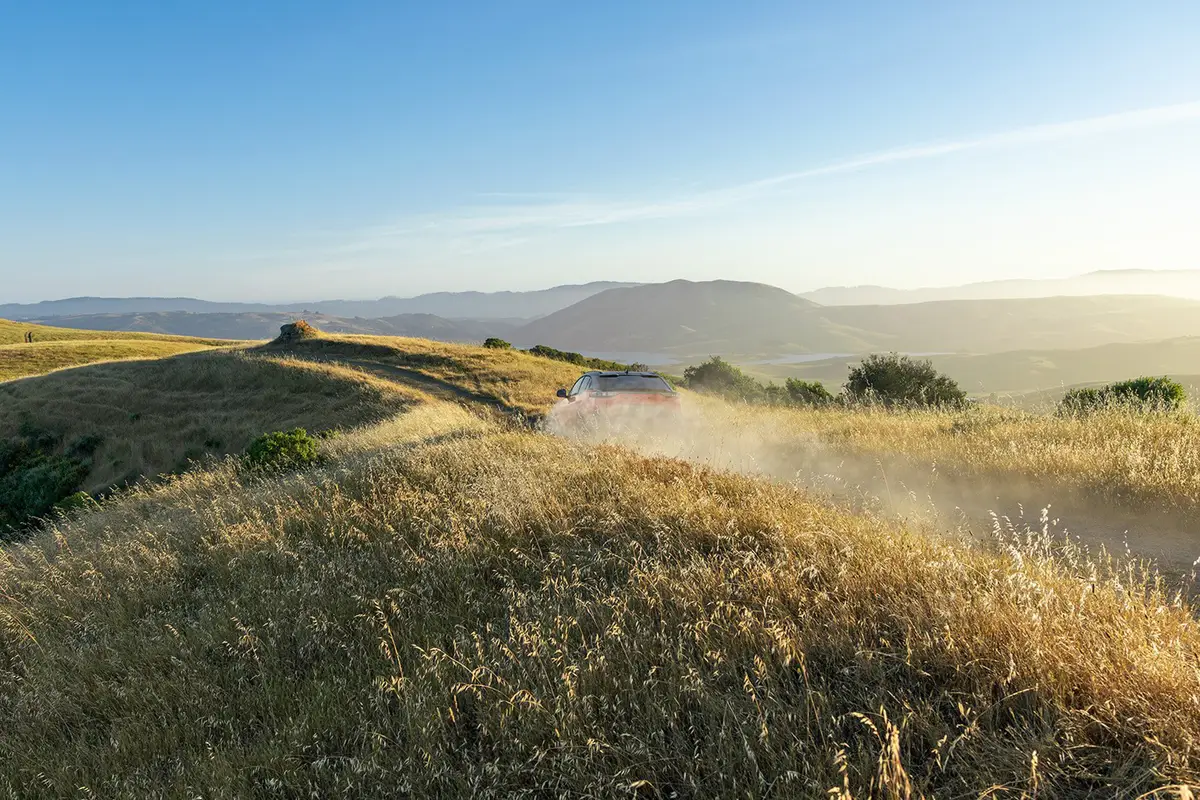Boston.com's view
Lawrence Peter Berra of the New York Yankees took a broader approach to life’s possible paths than did Robert Lee Frost of the New England Yankees.
While Robert, the poet, lamented a road never taken, Yogi, the baseball catcher, advised: ”When you come to a fork in the road, take it.”
My advice about the 2007 Toyota Camry is this: Try both roads at the fork, and get ready to take a third one.
The forks are Camry models — the 158-horsepower, four-cylinder I have recently been driving, and the 268-horsepower V-6 I drove in South Carolina earlier this year. The road not yet traveled is an upcoming hybrid electric/gasoline model.
So why drive them all? Because I never expected such diversity from Camry, a car I have previously said has supplanted Volkswagen’s Beetle as ”the people’s car.”
This has to be a dizzying leap for conservative Toyota, which sells about 400,000 Camrys annually. Tweaking a successful formula for more sales without losing loyal customers is a tricky proposition.
All three versions share a common trait: more space inside. That’s odd, because their overall lengths, 189.2 inches, have not changed. But the magic of wheelbase expansion makes it possible to expand. Move front and rear wheels farther fore and aft and you can create some interior space because the front and rear overhangs diminish. It also gives the car a more athletic, European look.
Add a winglike grille, big wheels, and a roundly sculpted and crouched look, and already it’s a car that goes beyond the cereal-box-pleasant Camry of the past.
Then give it broad seats that are comfortable, if a bit soft at the knees, and add an interior — featuring big knobs, bigger buttons, and no challenging electronics — that is among the most utilitarian and comprehensible you will encounter.
The V-6 is an absolute rocket. Any loyal Camry buyer used to putting about in a solid, sane, safe commuter who decides to juice it up for this ride will be truly amazed. See you on the Autobahn.
And yet, I find the relatively unchanged — though tweaked — four-cylinder to be very peppy, as aggressive as most folks will ever want it to be. And considering that upward of 60 percent of Camry buyers will opt for the four-cylinder, that’s good news.
With a five-speed automatic transmission, I could have been convinced the four-cylinder model I was driving was actually a six-cylinder (had I not already experienced the six-cylinder’s eye-popping power). Driving in what felt like greenhouse space and letting the transmission play its gears soundlessly, I could imagine a few hundred thousand miles of commuting in this car.
Toyota has added ABS and a fine system of air bags — front-side mounted, and front and rear side curtain, and at the driver’s knee — as standard fare. Traction and stability controls are $650 more, and I’d go for that instead of spending $940 for the power tilt/slide moon roof that came as an option on the test car.
From a base of $20,500, the ante was upped to almost $25,000 by the stability/traction system, moon roof, aluminum alloy wheels ($410), upgraded sound system ($1,000), XM satellite radio ($449 plus subscriptions costs), and a ridiculous $199 for carpets in cabin and trunk.
But you don’t have to buy all this stuff. Order the four-cylinder with stability and traction controls. Tell the dealer you are looking for stable, safe, and fun transportation — and that you don’t want to pay for the loaded Camry out on the lot. This is the new people’s car, at people’s prices. Who needs to look at the moon through the roof, anyway?
Latest news



